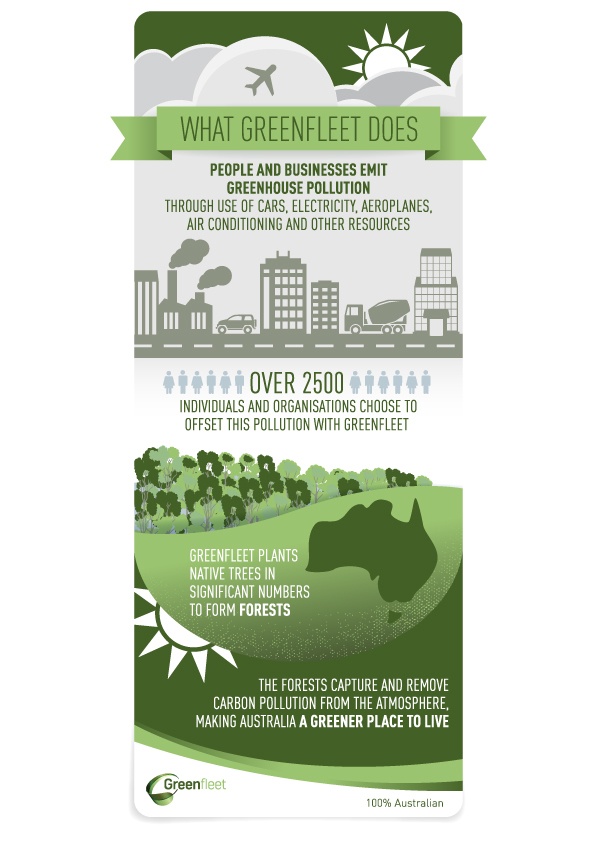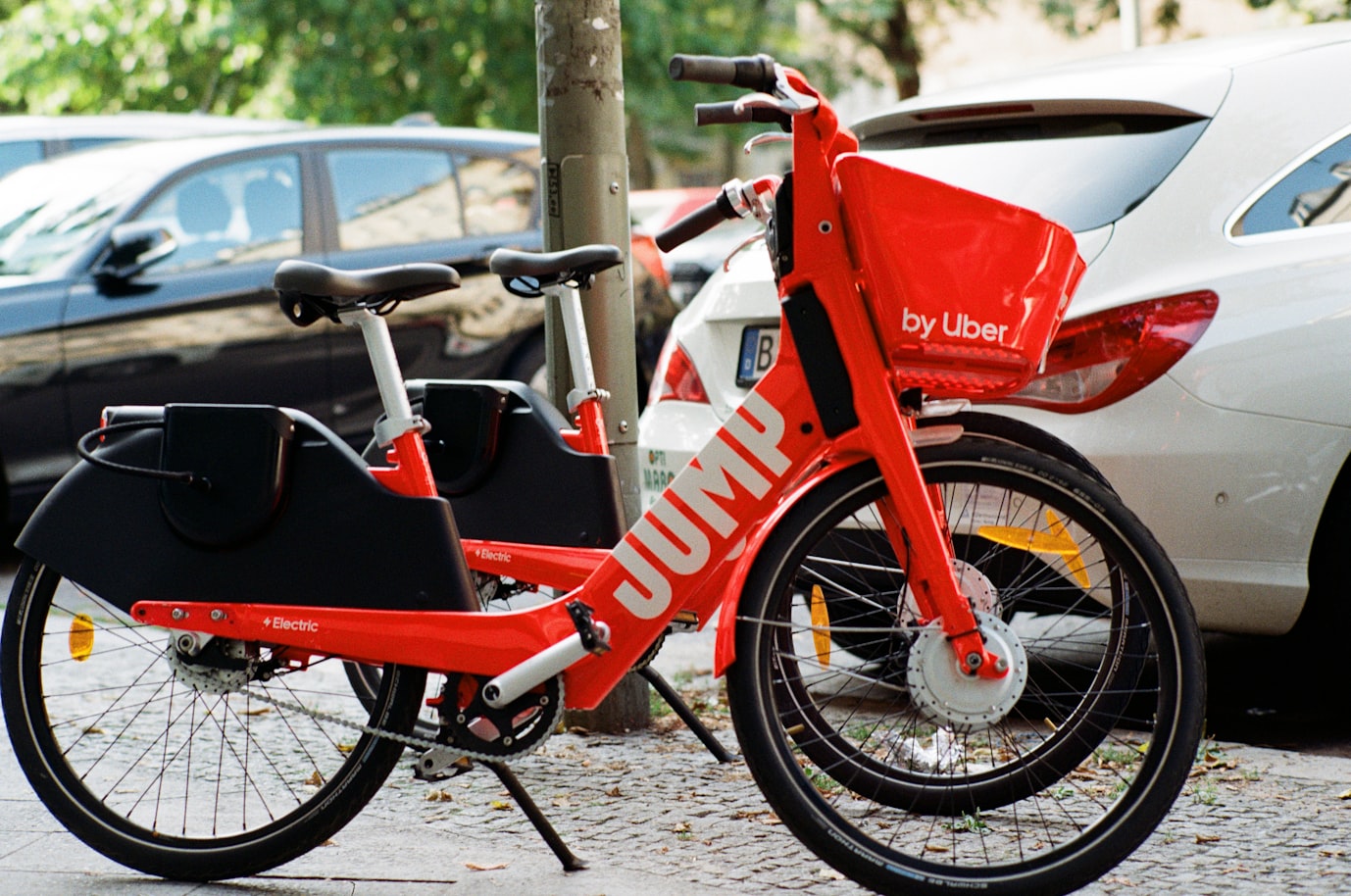
The Environmental Impact of Car Sharing
Uber Carshare is fundamentally changing the way Australia travels by turning any car into a share car and empowering people to live car free. We’re working to cut personal transport costs in half, permanently remove 87,000 cars from the Australian vehicle fleet, reduce Co2 emissions by 84,000 tonnes per year and foster greater community engagement.
Our CEO, Will Davies, founded Uber Carshare in order to do something about the huge environmental problem caused by our over-ownership and overuse of cars.
“I love the environment and want to help, so that’s why I started Uber Carshare. When times get tough (and they have a number of times) I stick with it because I really want to make it work: it’s not about the money.”
The Uber Carshare community is working to reduce our impact on the environment by:
- Avoiding the waste caused by too many cars being manufactured, just to sit idle all day
- Reducing the number of cars sitting around our cities, and the vehicle-kilometres travelled, by creating a fleet of shared cars in your neighbourhood
- Offsetting the emissions from the driving that people need to do, through our partnership with Greenfleet
We offset the fuel emissions associated with every kilometre driven by borrowers. We donate this money to Greenfleet, an Australian environmental charity, so that they can protect our climate by restoring our forests.
How car-sharing is good for the environment
Sharing existing cars reduces the number that need to be manufactured. In fact, every share car takes up to 10 other cars off the road.
The greenhouse gas emissions associated with making a car and shipping it to Australia typically match or even exceed exhaust pipe emissions over that car’s lifetime.
That’s why letting it serve more people’s transport needs (so they don’t need to buy a car of their own) is a simple - and profitable - way to reduce your carbon footprint.
Our cars plant trees!
Greenfleet‘s native reforestation projects help to protect some of the earth’s most endangered species.
Since 1997, Greenfleet has planted more than 9.2 million native trees across 500 biodiverse forests in Australia and New Zealand to offset carbon emissions from people’s day-to-day activities, including driving.
Uber Carshare is proud to be helping to grow these forests.
- To date, Uber Carshare has supported Greenfleet to offset 4,310 tonnes of CO2-e
- We’ve offset enough carbon to plant over 25,000^ native trees through Greenfleet’s reforestation projects
As they grow, these trees will form native forests which will:
- absorb carbon from the atmosphere
- restore natural ecosystems
- provide essential habitat for native wildlife
- conserve biodiversity
- help to reduce salinity and soil erosion; and
- provide much-needed resilience in our precious landscape.
It might not seem like much, but trees planted as a result of borrowing a Uber Carshare has a big impact.
Every time you borrow a Uber Carshare car, your greenhouse gas emissions are 100% offset
Of course, reducing emissions is the most important step you can take to reduce your impact on the climate. Car-sharing helps with this. By borrowing a car only when you need one, and using your bike, your legs, the bus or whatever else floats your boat (maybe a boat?) to meet the rest of your transport needs, you’re already lowering your carbon footprint. Offsetting is a way to mitigate those unavoidable greenhouse gas emissions from transport fuel.

^NOTE: This number of trees is a reasonable estimate of the number of trees required to be initially planted to sequester the total quantity of carbon purchased and takes into account that not all trees initially planted will survive due to the natural survival rate of trees. Accordingly, trees that do not survive following initial plantation may not necessarily be replanted. Greenfleet's commitment to recapture carbon on behalf of our supporters involves the management of native forests across all our planting sites. Greenfleet’s forest pool is forecast to meet its overall carbon commitments to supporters.









